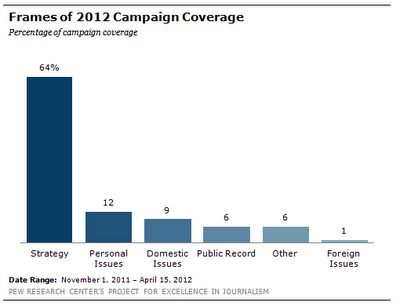In the U. S., patent protection on a new drug expires after 20 years. Since the clock starts ticking before clinical trials can begin, by the time a drug gets Food and Drug Administration (FDA) approval, it typically has seven to twelve years of patent protection. After that, other companies are free to sell generic equivalents, which usually cost less than half the price of the original. The goal of pharmaceutical houses is to extend that patent protection as long as possible by whatever means necessary.
Abbott did not do the research and development that led to fenofibrate. They bought it from another company. They marketed it as Tricor-1 in 1998. However, their patent was about to expire, and in 2000, another company, Novapharm, announced its intention to produce a generic version. Abbott then filed suit for patent infringement. This was a frivolous lawsuit, but such suits are routine because when they are filed, they automatically result in an injunction against the generic company which prevents them from marketing the generic for 30 months. Drug companies almost always lose these infringement cases, but they file them anyway because the amount of money they make during the 30 month waiting period is far greater than the cost of the lawsuit.
The 30 months also gave Abbott time to get a patent for Tricor-2 and introduce it to the market. Tricor-2 was identical to Tricor-1 except for the dosage. Because it was the same, no new clinical trials were required. By the time the 30 month period had expired, Tricor-1 was no longer available and Tricor-2 had cornered 97% of the fenofibrate market. It was useless to produce the generic version of Tricor-1 because Tricor-2 had different dosage levels, and pharmacists can only substitute generics when the dosage levels are the same.
So the generic company announced its intention to produce a generic Tricor-2. At this point, the story begins to resemble the plot of the film Groundhog Day. New lawsuit by Abbott. Another 30 month wait. Abbott announces Tricor-3. It captures 96% of the market. Generic company intends to produce generic Tricor-3. New lawsuit. Another 30 month wait. Abbott announces Filibrix. Filibrix is fenofibric acid rather than fenofibrate, which requires new clinical trials, but gets them an additional three years of patent protection extending it to 2012.
By this time, the generic companies had noticed the futility of their strategy, so they filed suit against Abbott for violation of the Sherman Antitrust Act. Abbott eventually settled that suit for $300 million, which was about 4% of what they made selling various versions of fenofibrate. The authors estimate that the cost to the public of using Abbott's versions of fenofibrate rather than their generic equivalents is $700 million a year.
This is not an isolated incident. Several other drug companies have done the same thing. When the patent is about to expire on one of their lucrative drugs, they make a trivial change and market it under a new name in order to extend their period of exclusivity. This common practice is called “evergreening.” (Get it?) It succeeds in part because doctors don't pay attention to what's going on. However, even if they had known about Abbott's psychopathic behavior, there was nothing doctors or pharmacists could do because no generic equivalent of fenofibrate has yet made it to the market.
To add insult to injury, a large outcome study published in 2005 showed that fenofibrate was ineffective in reducing the risk of cardiovascular disease. But apparently the doctors weren't paying attention to that either, because as of 2010, fenofibrate sales were still increasing.
There is a serious problem with the FDA's system of granting patents. They only require clinical trials that compare the new drug with a placebo—an inactive pill that supposedly controls for patient expectations. This allows different drug companies to market nearly identical drugs, none of which are more effective than the others. It also allows companies like Abbott to “evergreen” by relabeling old drugs under new names. A more sensible standard would be to compare the proposed new drug to the best existing treatment and only grant a patent if the new drug produces a significant improvement in patient outcomes.
In our capitalist wonderland, it's useless to urge “corporate persons” such as Abbott to behave more responsibly. They will pursue profit however they can. It's probably also unrealistic to expect doctors to read medical journals or prescribe available generics. They get their pharmaceutical information from drug salespersons bearing gifts—everything from ballpoint pens to free trips to Las Vegas (to attend a medical “seminar,” of course). It would be nice if Congress would make this legalized bribery illegal, but since they're doing the same thing, that's not likely to happen.
Downing and his colleagues only suggest one governmental remedy—elimination of the 30 month hold on the generic during a lawsuit. Otherwise, they just recommend consciousness raising among patients, doctors, and pharmacists. Good luck with that.






